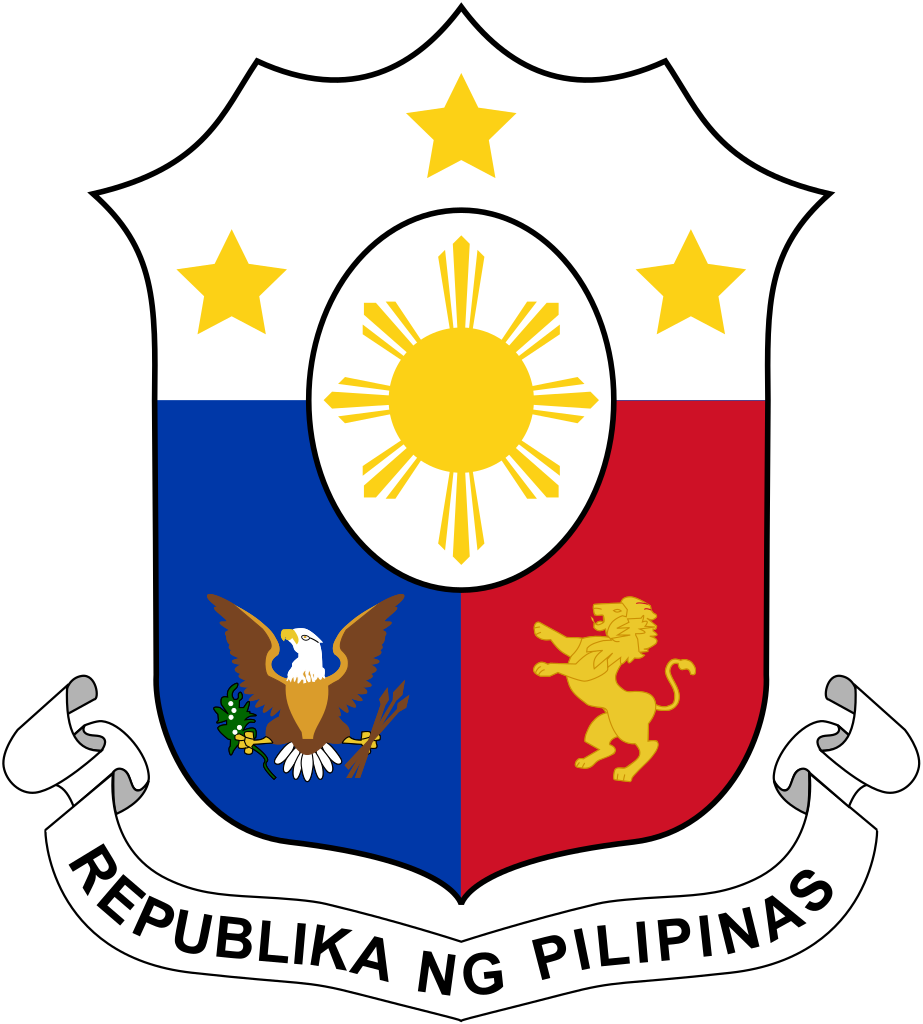The Eastern Samar State University had its incipience on February 14, 1960 (as the Eastern Samar National Regional Agricultural School or ESNRAS) through R.A. 2434. Its pioneer classes started with 120 students holding sessions in a rented building in Borongan. Before the school year ended, the school site was relocated and established in Malbog, a far–flung barrio of Borongan, reachable only by climbing steep mountains and by crossing creeks. In 1967, the school was resettled to its present site, approximately seven kilometers away from the capital town of Borongan.
ESNRAS’s thrust then was primarily on agricultural science instruction so as to improve the largely agricultural way of life in the province of Eastern Samar. Livelihood of Estehanons depended mainly on rice production, coconut farming and fishing with the use of traditional practices and tools. ESNRAS offered secondary vocational agriculture and thereby provided training for upgrading traditional agriculture in the area.
In 1973, the school was converted into the Eastern Samar Junior Agricultural College (ESJAC) in response to the clamor of many parents for the school to offer collegiate courses. ESJAC promptly opened a program in Associate in Agriculture. Consequently, a program in B.S. in Agriculture was instituted with specialization in Crop Science and Animal Science. Notable was the sharp rise in enrolment in the ensuing years reflecting the high demand for the above – mentioned programs in the college service area. As the enrolment in these degree programs steadily increased, ESJAC was converted into the Eastern Samar College of Agriculture (ESCA).
As the global scenario became highly technological and complex, the state deemed it fit to convert ESCA into the Eastern Samar State College (ESSC) by virtue of Batas Pambansa Blg. 394 on May 18, 1983. This conversion eventually paved the way to rapid expansion in program offerings with courses in teacher education, vocational post–secondary education, business and commerce, engineering and law.
Most recently, the Republic Act 8292 mandated the integration of CHED– supervised institutions (CSIs) of a province to be integrated into state colleges and universities. This immensely broadened the services of the College. ESSC became the ESSC System with the original ESSC campus in Borongan serving as its main campus. The ESSC System had three external campuses which are strategically situated in the province, namely, ESSC–Can–avid, ESSC– Salcedo, and ESSC–Guiuan.
On August 7, 2004, the President of the Philippine Republic, her Excellency Gloria Macapagal Arroyo, approved and signed Republic Act No. 9312 converting ESSC into Eastern Samar State University (ESSU), integrating therewith the Maydolong National Agricultural School in Maydolong, Eastern Samar.
The other campuses integrated into the university have their own histories to tell. The salient events in their foundation are:
From merely promoting secondary agricultural education when it was founded on June 18, 1961, ESSU Can–avid which is located in the northern part of Eastern Samar province now offers post–secondary course, collegiate courses and is an extension training center for master’s degree courses.
ESSU Guiuan, which was established as a trade school on June 19, 1962, now offers Bachelor’s degree in Industrial Education, Industrial Technology, Civil Engineering, Hotel and Restaurant Management, Secondary Education, Elementary Education, and Masters Program as extension of the graduate school of the Main Campus.
Established in 1960 as the Southern Samar National Agricultural School at present ESSU Salcedo offers a diploma course in agriculture and computer science, degree programs in agricultural engineering, agricultural homemaking, agribusiness, agriculture, industrial education, secondary education, elementary education, and master’s degree programs in education, educational management, and in teaching vocational education courses.
Since its establishment in 1962 by virtue of Republic Act No. 3411, ESSU Maydolong continues to offer basic secondary education curriculum. However, it has always been the dream of the school to offer courses beyond the secondary level, believing that it is the way by which it could serve fully the community. Thus, in 1974, it offered a two–year terminal course in agriculture – Associate in Agricultural Technology. In the same year it offered, the first three years of the collegiate course leading to B.S. in Agricultural Education major in Agronomy and, in 1980, it entered into a consortium with Southern Samar Agricultural College, now ESSU Salcedo, for the offering of the fourth year of the same course. In 1993, the school was authorized to offer the first two years of the leadership curriculum of the DAT–BAT program but in 1995 it abolished the B.S. AgEd course. In 1996, it also offered one–year courses in Institutional Housekeeping and Home Industry (Apparel) under the supervision of the Technical Education and Skills Development Authority (TESDA). However, in 1997, it became solely a DepEd supervised school offering secondary course up to the present.
Today, the University is a true measure of strong leadership, hard work, tenacity, aspirations, and commitment to public service of all its institutional members, coupled with the unwavering support of parents, private individuals/groups, local/national government officials, and other significant agencies.

